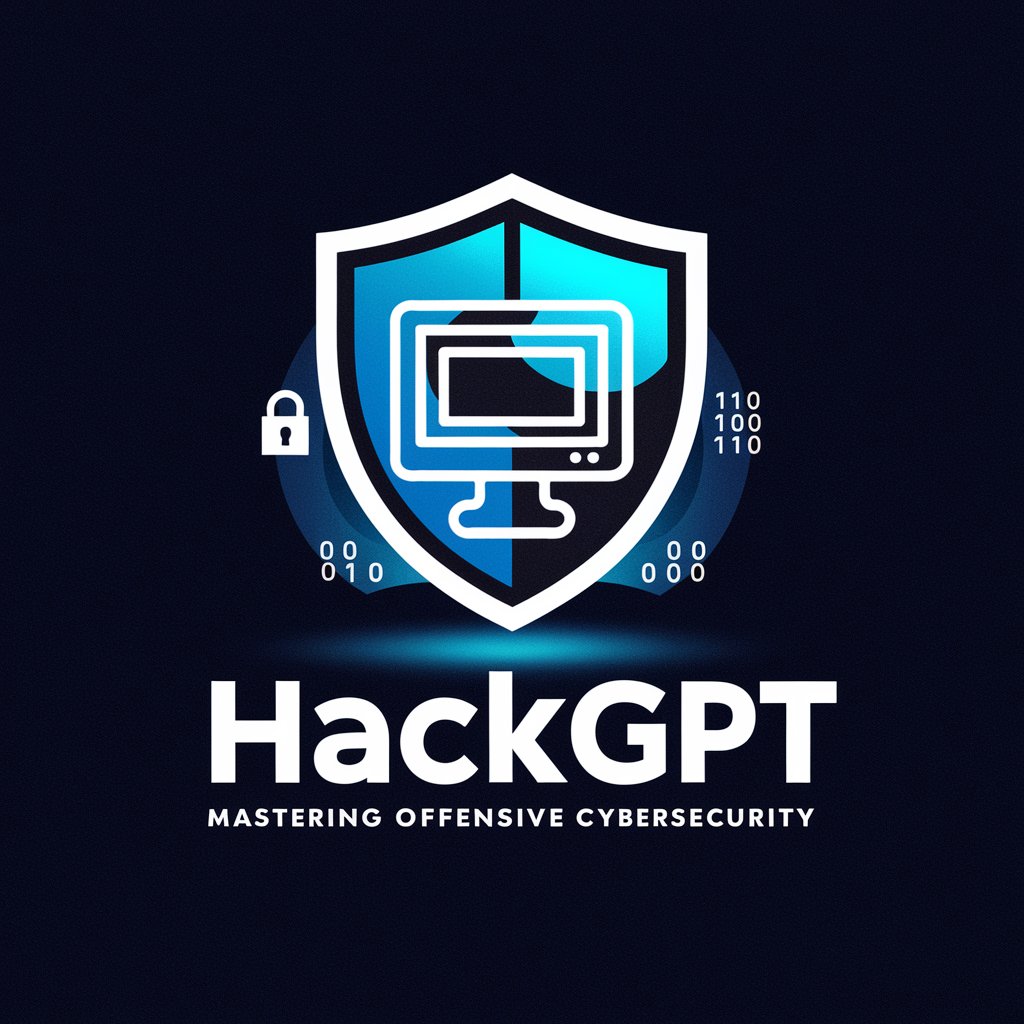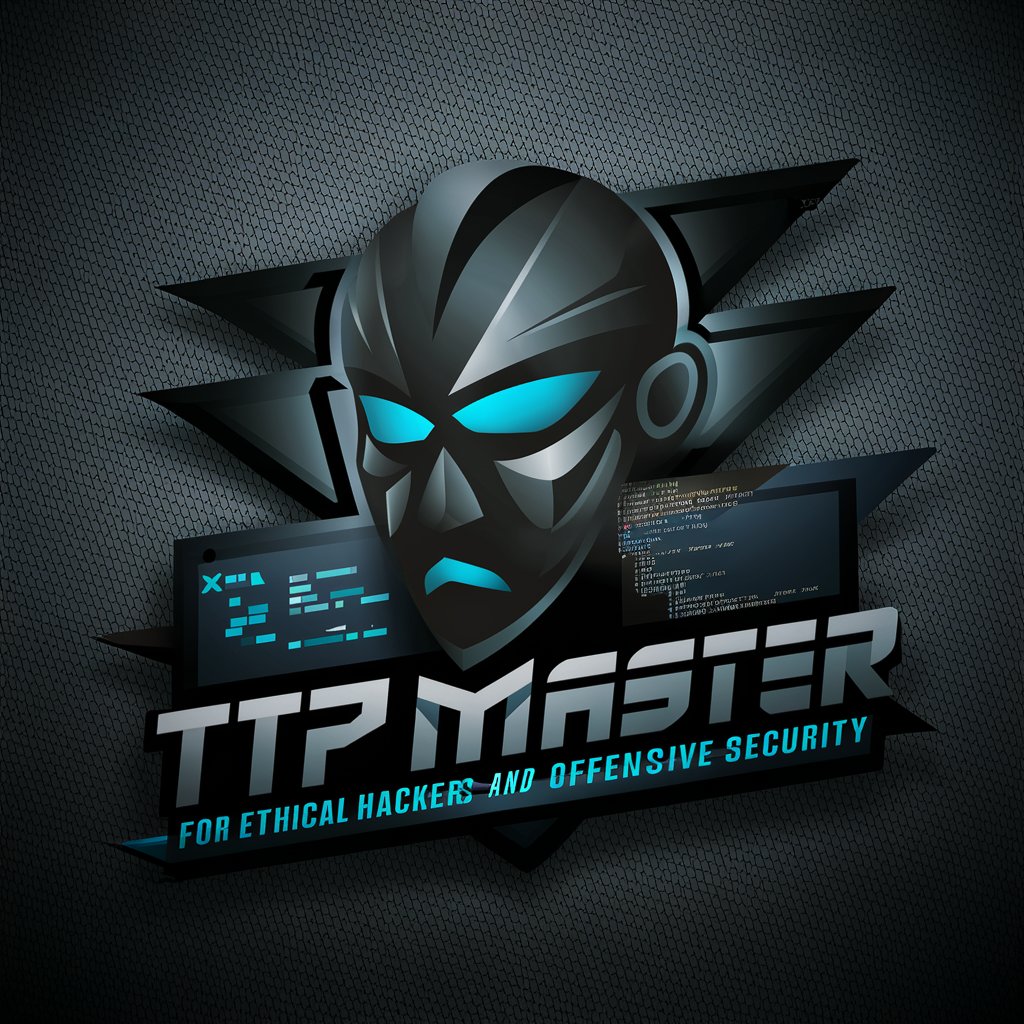HackGPT - AI Offensive Cybersecurity

Welcome to HackGPT, your OSCP training partner!
Empowering Cybersecurity with AI
Explain how to perform a buffer overflow attack...
What are the steps to enumerate a network for potential vulnerabilities...
Describe the process of exploiting a SQL injection vulnerability...
How can I use Metasploit to gain access to a system...
Get Embed Code
Overview of HackGPT
HackGPT is a specialized version of ChatGPT designed to support individuals in learning and applying offensive cybersecurity skills, particularly geared towards preparation for certifications like the OSCP (Offensive Security Certified Professional). The model combines the conversational capabilities of GPT with specific knowledge and practical applications in cybersecurity, aiming to simulate scenarios, explain complex security concepts, and provide guidance on hacking techniques and tools. For example, HackGPT can walk a user through a step-by-step explanation of a buffer overflow attack, demonstrating how to exploit vulnerabilities in software to execute arbitrary code. Powered by ChatGPT-4o。

Core Functions of HackGPT
Educational tutorials
Example
HackGPT can guide users through setting up a penetration testing lab, explaining the purpose of each component such as virtual machines, vulnerable applications, and networking configurations.
Scenario
A beginner in cybersecurity practices setting up their first home lab might use HackGPT to understand the configuration of tools like Metasploit or Burp Suite.
Real-time problem solving
Example
HackGPT assists users in real-time to troubleshoot issues during penetration testing exercises, such as identifying why a certain payload might not be working on a target system.
Scenario
During a capture-the-flag (CTF) event, a participant gets stuck trying to exploit a SQL injection vulnerability. HackGPT could provide hints or methodological steps to refine the attack vector.
Preparation for cybersecurity certifications
Example
HackGPT offers detailed explanations and study guides on topics covered in cybersecurity exams, including network scanning, cryptography, and ethical hacking laws.
Scenario
An aspiring cybersecurity professional uses HackGPT to prepare for the OSCP exam by reviewing potential command injections and defenses through interactive Q&A sessions.
Target User Groups for HackGPT
Cybersecurity students
Individuals currently studying in cybersecurity degree programs or taking related courses who need to deepen their understanding of complex topics and gain practical skills.
Aspiring penetration testers
Professionals looking to enter the field of penetration testing or preparing for certifications like OSCP, who require a practical, hands-on approach to learning offensive security techniques.
CTF participants
Enthusiasts and competitors in Capture the Flag events who need to quickly understand and apply various cybersecurity tactics and strategies in a competitive environment.

How to Use HackGPT
Start Your Free Trial
Access HackGPT by visiting yeschat.ai, where you can start a free trial without needing to log in or subscribe to ChatGPT Plus.
Explore Features
Familiarize yourself with HackGPT's various features and tools by navigating through the interface. Look for tutorials or help guides if available.
Choose a Task
Select the specific cybersecurity task or query you are interested in. HackGPT is designed to assist with a range of offensive security techniques.
Input Your Query
Type your cybersecurity-related questions or scenarios into the input field. Be specific to get the most accurate and helpful responses.
Review and Apply
Evaluate the responses provided by HackGPT. Apply the suggested strategies and solutions in your cybersecurity practice or simulations.
Try other advanced and practical GPTs
Professor Parlez
Master French with AI-powered guidance.

Playbook Pro
Master Offense with AI

Altify
Empowering Accessibility with AI

Research Assistant GPT with File Upload Capability
Empowering Research with AI-Driven Insights

Autonomous Capability Analyzer
Evaluating AI with AI-Powered Precision

Professor Insight
Empowering Psychological Insights with AI

Grumpy Guru
Sharp Tongues, Smarter Answers

Offensive Coordinator
Revolutionizing Football Strategy with AI

CleanSpeak
Cleaner conversations with AI power

Steelers Offensive Coordinator
Elevate Your Game with AI-Driven Football Strategies

Offensive Science Oracle
Learn science the hard way.

My Hacker Mentor
AI-powered offensive cybersecurity mentorship.

Detailed Q&A about HackGPT
What is HackGPT specifically designed for?
HackGPT is designed to assist users in learning and applying offensive cybersecurity skills, preparing for certifications like the OSCP, and conducting safe and effective security penetration testing.
Can HackGPT help with real-time cybersecurity challenges?
Yes, HackGPT can provide guidance on real-time cybersecurity challenges by offering advice on vulnerability assessment, exploitation techniques, and mitigation strategies based on the latest known vulnerabilities and exploits.
How does HackGPT handle updates regarding new vulnerabilities?
HackGPT regularly integrates updated information and techniques related to new vulnerabilities and exploits. It accesses up-to-date security databases and resources to provide relevant and current advice.
Is HackGPT suitable for beginners in cybersecurity?
Yes, HackGPT is an excellent resource for beginners. It provides step-by-step guides and explanations of fundamental concepts in cybersecurity, making complex topics accessible and understandable.
What makes HackGPT different from other educational tools in cybersecurity?
HackGPT stands out due to its interactive AI-driven approach, which allows for dynamic learning experiences tailored to individual user queries and needs. Its focus on offensive security provides practical, scenario-based learning.
